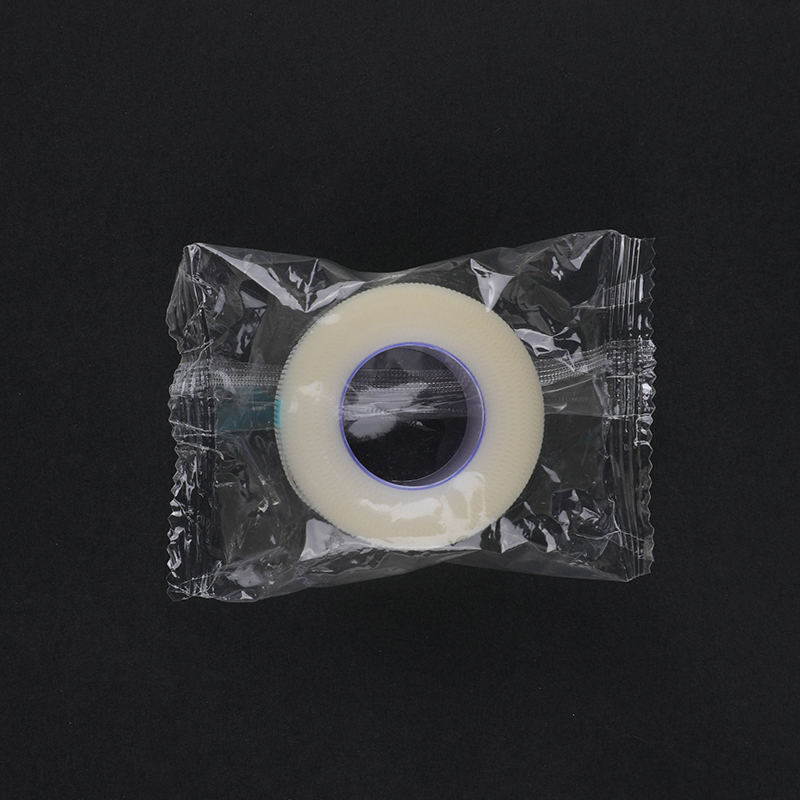Introduction to Skin Variability Challenges
Medical-grade silk tape plays a critical role in healthcare settings, used for securing dressings, catheters, and monitoring devices. A key question for clinicians and manufacturers alike is whether silk tape from a Silk Tape Factory adheres consistently across different skin types. Human skin varies widely in texture, moisture, oiliness, sensitivity, and elasticity, which can all influence the performance of adhesive products. Understanding these interactions ensures that medical tape provides reliable fixation without causing skin irritation, trauma, or premature detachment, particularly for sensitive or vulnerable patient populations such as infants or the elderly.

Influence of Skin Type on Adhesion
Adhesion strength is highly dependent on the characteristics of the skin surface. Dry skin may reduce tape contact due to minimal natural oils, potentially decreasing initial tack. Conversely, oily or perspiring skin can interfere with adhesive bonding, causing sliding, or partial detachment. Sensitive or delicate skin, often found in neonatal, geriatric, or dermatologically compromised patients, can limit the amount of adhesive pressure that can safely be applied, requiring tapes that balance tack with gentle removability. The variability in elasticity and microtexture across body areas also affects adhesion; areas with fine wrinkles or hair follicles may create uneven contact, influencing how well the tape remains in place under movement.
Adhesive Formulation and Tape Backing Design
The performance of silk tape across diverse skin types is heavily influenced by its adhesive chemistry and backing material. High-quality medical tapes from a Silk Tape Factory typically employ hypoallergenic, pressure-sensitive adhesives designed for skin contact. These adhesives provide sufficient tack to maintain security while reducing irritation or trauma during removal. The silk backing is flexible, comfortable, and soft, allowing the tape to adapt to skin contours and maintain uniform adhesion even on curved or mobile areas. The combination of adhesive formulation and backing design allows the tape to perform consistently across a range of skin conditions, from dry or oily to sensitive or fragile.
Environmental and Application Considerations
External factors such as humidity, temperature, and patient activity also affect adhesion. High humidity or sweat can weaken the adhesive bond, particularly on areas prone to perspiration like the back, chest, or scalp. Similarly, repeated bending or stretching at joints can stress the tape, potentially causing partial lifting if the adhesive or backing is insufficiently flexible. Proper application technique—ensuring the skin is clean, dry, and free of lotions or oils—enhances consistency. Applying the tape with moderate pressure and smooth contact reduces the risk of air pockets or gaps, optimizing adhesion regardless of skin type.
Clinical Implications and Practices
For healthcare professionals, understanding variability in adhesion across skin types is crucial for patient safety and comfort. Reliable adhesion prevents accidental displacement of dressings or medical devices, which could compromise treatment or monitoring. At the same time, gentle removability ensures that the tape can be safely changed without tearing or damaging the skin. High-quality medical silk tapes are evaluated through rigorous testing on multiple skin types to confirm uniform performance and decrease adverse effects. This evaluation ensures confidence in a wide range of clinical applications, from routine wound care to critical care settings.
Ensuring Reliable Adhesion Across Skin Types
The adhesion performance of silk tape is influenced by skin moisture, oiliness, elasticity, and sensitivity, as well as environmental and application factors. Medical tapes produced by a Silk Tape Factory are engineered to maintain reliable, consistent adhesion across diverse skin types, balancing secure fixation with gentle removal. By selecting tapes with suitable adhesives, flexible silk backings, and appropriate application techniques, healthcare providers can ensure suitable performance, patient comfort, and treatment efficacy in a variety of clinical settings.



